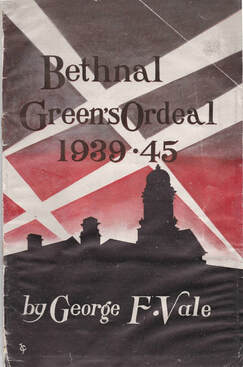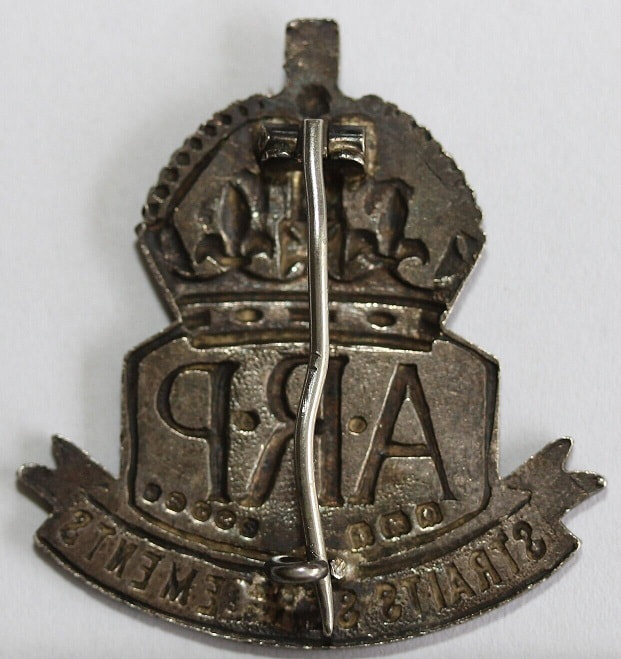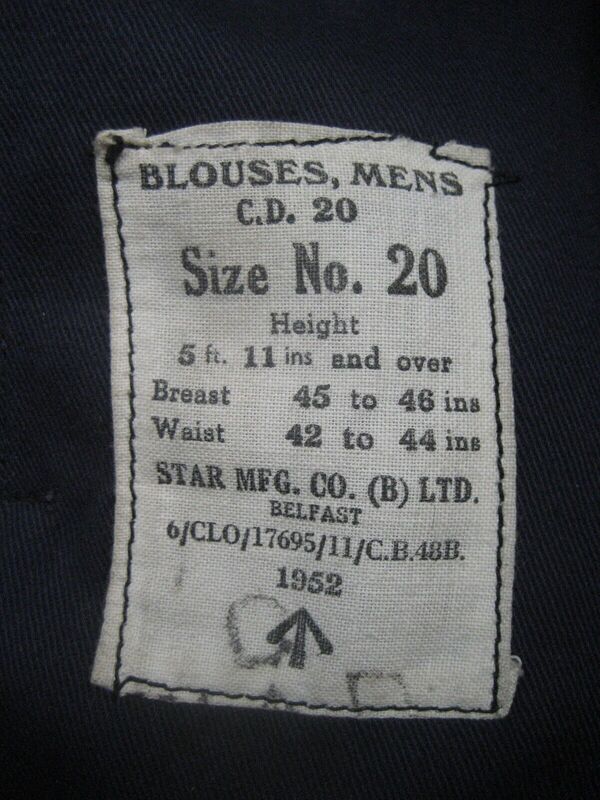|
I've added a new section to the website concerning air raid and blitz histories published pre-1950. A number of boroughs, local authorities and newspapers produced booklets during then war, or in the years after, regarding the impact of Luftwaffe bombing on their towns and cities. They are often a gold mine for uniform and insignia spotting as well as for research. If you happen to know of any not currently shown, please drop me an email via [email protected] (I'm not including personal accounts at this time).
0 Comments
Several British colonies copied the ARP badge and added a scroll beneath to denote the location. This ARP badge was issued in the Straits Settlements, a number of provinces locations on the Malay peninsular (known these days as Singapore and Malaysia). I cannot make out the silver marks but assume it was a locally manufactured badge.
Similar badges with scrolls are known to exist for Hong Kong, Kenya and Malta. Some forgeries of these badges have been seen but I believe this one shown to be genuine. This large size 20 Civil Defence Corps battledress jacket sold on eBay recently for the astonishing price of £203 (plus shipping). I'm guessing the size was the key issue. It was badged up for the Ambulance service in the Staffordshire area but I imagine it may well be utilised for WW2 re-enacting. The accompanying Size 20 trousers went for a more sensible £51 (plus shipping). Clearly the most expensive post-war BD I have seen.
I was recently contacted through this site regarding the danger of asbestos fibres in second world war gas masks (respirators). Civilian respirators were manufactured using chrysotile in the filters while respirators for the armed forces contain crocidolite. I've been aware of this danger for some time but it's worth reiterating the fact: never wear a gasmask, never open the filter and be aware that the carriers may also have asbestos fibres in them.
It's also worth reading this article entitled "WWII Gas Mask with Asbestos Filter in Schools". Wearing bluette overalls with three red chevrons on his sleeve, this officer-in-charge of rescue parties stands amid the ruins of bombed buildings. Photograph has a date of October 1943. He also has dust goggles on his forehead. Very few examples of the ranks chevrons have survived (and many are often mistaken for similar long service chevrons issued by the Royal Navy). This author cannot say he has seen any guaranteed originals in hand.
|
Please support this website's running costs and keep it advert free
Categories
All
Archives
June 2024
|
|
|
Copyright © 2018–2024
|






 RSS Feed
RSS Feed